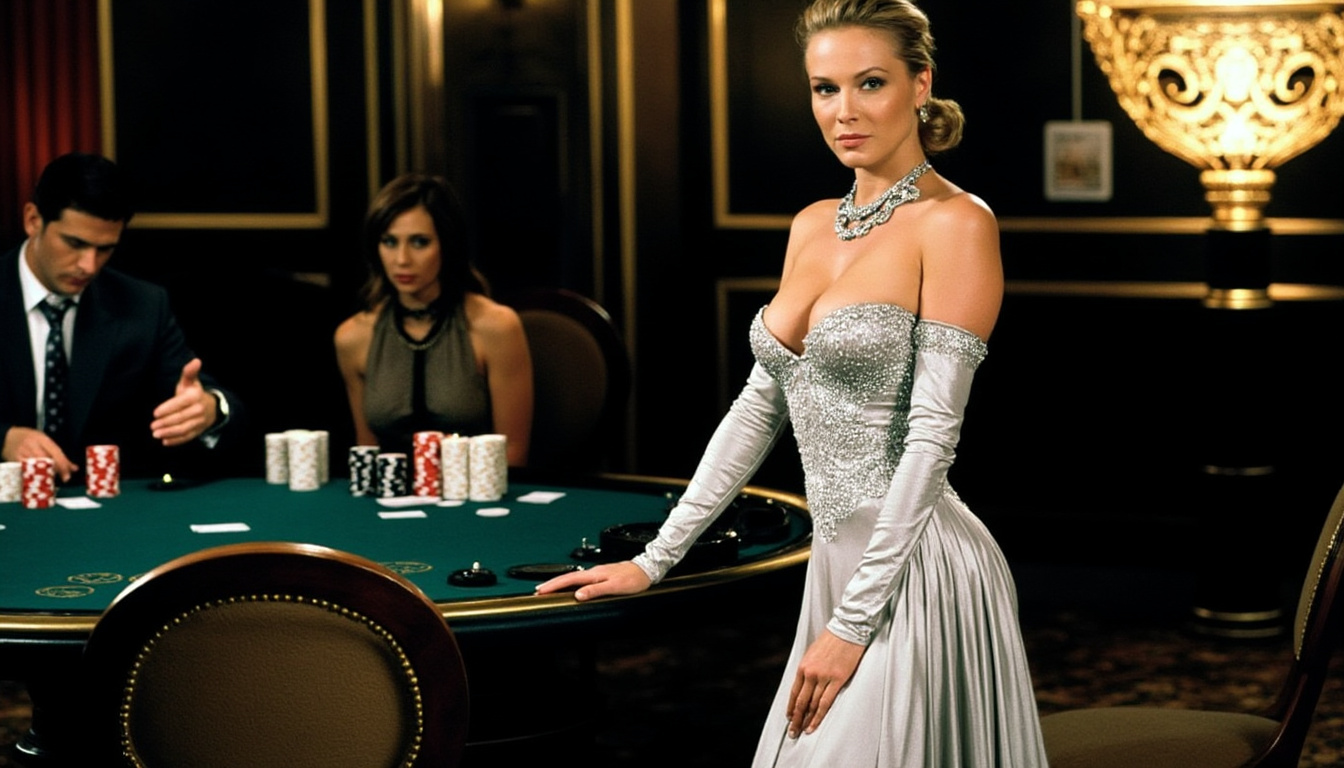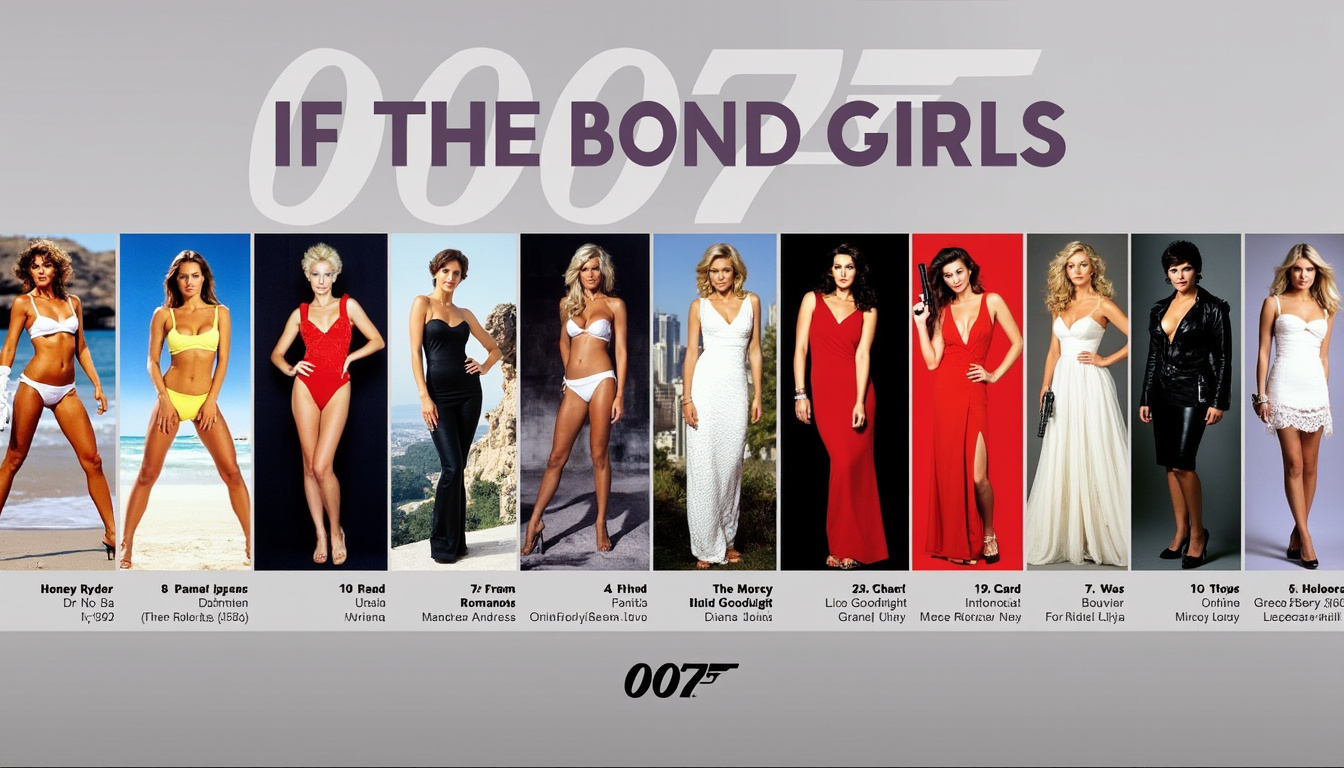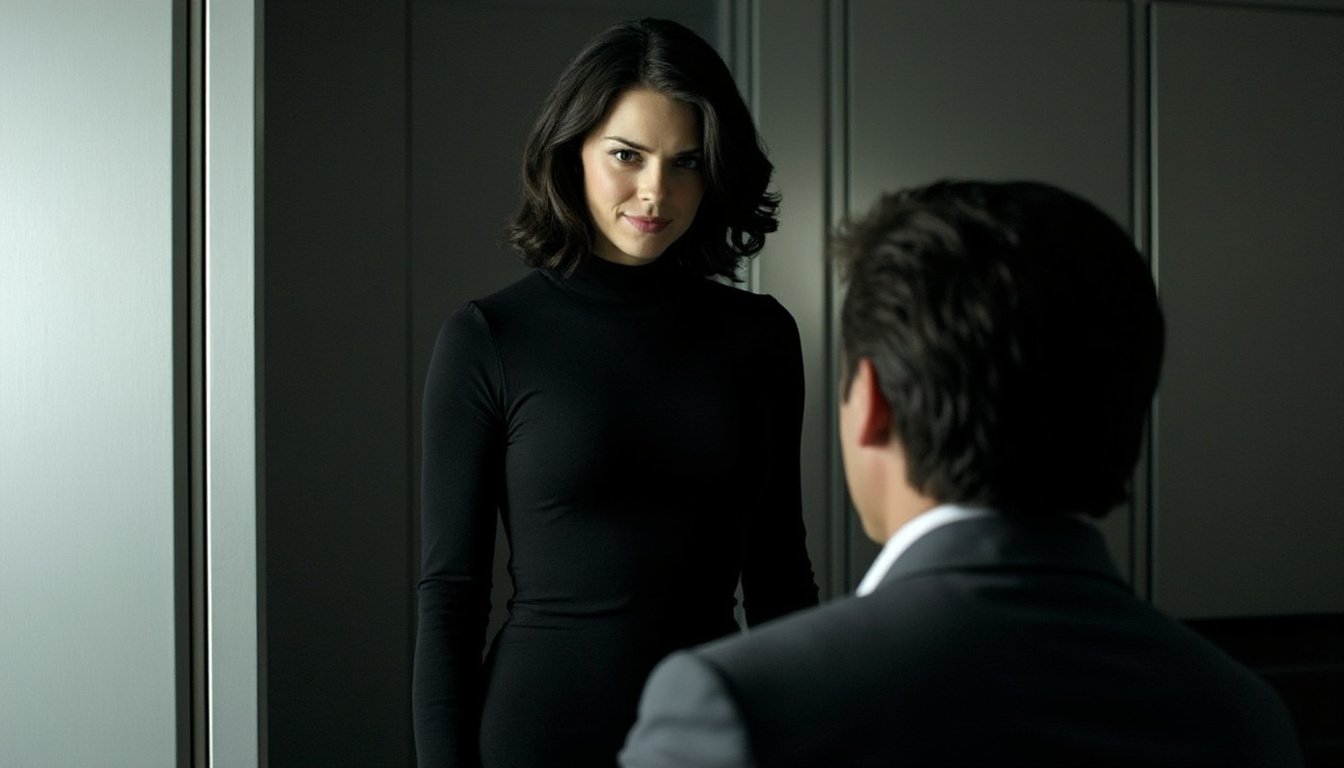In a striking revelation that highlights the often uncomfortable realities of Hollywood auditions, Rosamund Pike has opened up about her experience auditioning for the iconic role of a Bond girl in the 2002 film Die Another Day. Pike’s story emphasizes not only the pressures of auditioning in the film industry but also the extraordinary lengths to which actors are sometimes expected to go. With a career that now spans decades, the actress has developed a reputation for her versatility and depth, but this particular experience at the age of 21 remains etched in her memory.
The Audition Experience: Facing Uncomfortable Requests
During a candid interview with Harper’s Bazaar UK, Pike recounted the moment when the casting crew asked her to “unzip and drop” her dress, insisting that she stand in her underwear during the audition. “In the Bond audition, I thought, ‘Well, no, I’ll be doing that if I get the part. I won’t be doing that now,’” she explained. Such requests underscore a troubling norm in the entertainment industry where actors often face undue pressure to conform to specific standards of physicality and openness.
The demand for Pike to strip down exemplifies the type of vulnerability required in roles, especially for characters who, like many Bond girls, are depicted in sexually suggestive scenarios. In the context of a franchise embedded in attitudes about masculinity and female representation, Pike’s experience becomes emblematic of a larger dialogue surrounding how actresses are treated during the casting process. Many women in Hollywood have shared similar stories, highlighting how auditioning can become a minefield.
Ultimately, despite the discomfort of the situation, Pike landed a key role as Miranda Frost, an agent of MI6 who initially appears as Bond’s ally but is ultimately revealed to be a double agent. This twist not only added complexity to the film but also gave Pike an opportunity to explore a character who is far more layered than the stereotypical Bond girl archetype. Her performance contributed significantly to the film’s narrative, showcasing her talents and ability to navigate complex characters.

Navigating the Casting System
The incident during Pike’s audition raises questions about the casting system itself and the power dynamics inherent within it. Traditionally, actors have felt compelled to adhere to the more conventional expectations in the industry, influenced by long-standing standards that prioritize physical appearance. This has led to a broader consideration of how power operates in Hollywood, particularly regarding the decisions made by casting directors and producers.
- Historical Context: Auditions have evolved greatly over the decades, often reflecting prevailing societal attitudes toward women. Early cinema often relegated female roles to mere accessories to male leads, and casting processes were frequently biased.
- Gender Disparities: The pressure on women to conform to certain aesthetics continues to impact how roles are written and, subsequently, how auditions are structured. The imbalance of power in these situations often leaves actresses in vulnerable positions.
- Current Trends: Thankfully, there has been a noticeable shift in recent years, with more advocates calling for a more inclusive and respectful audition environment for all actors.
As a female lead, Pike’s refusal stands as a powerful statement regarding self-respect and agency in a landscape that often demands compliance. This point not only enhances public narrative surrounding the industry but also paves the way for future generations of actresses who feel empowered to advocate for their dignity within the audition room.
Beyond the Audition: The Role of Miranda Frost
Once cast as Miranda Frost, Pike’s journey as Bond girl escalated into both a career-defining moment and a narrative full of intrigue. Frost is portrayed as an Olympic fencer—the height of sophistication and strength. In fact, this role was not just about physical appearances; it allowed Pike to draw upon her own skills and experiences.
The character becomes a vital ally to Bond (played by Pierce Brosnan) in a plot that revolves around high-stakes espionage and world-ending threats. Pike’s background, which includes a prestigious education at Harvard and her time as a competitive fencer, enriched her performance as she embodied a character that balanced intelligence with physical prowess.
| Character Traits | Description |
|---|---|
| Intelligence | Miranda is portrayed as a cunning and resourceful agent with a strategic mind. |
| Combat Skills | Frost showcases impressive fencing abilities, reflective of Pike’s real-life training. |
| Ambiguity | Initially portrayed as a trustworthy ally, Frost’s character arc takes a dramatic turn, revealing her duplicity. |
Pike’s performance was met with critical acclaim, as she successfully navigated her character’s duality. The dynamic portrayal of a seemingly supportive character harboring ulterior motives provided audiences with a more complex narrative, something not typically associated with Bond girls. With pivotal scenes that highlight her strength and vulnerability, Pike emerged as a standout performer in a franchise often critiqued for its portrayal of women.

Behind the Scenes: Misunderstandings and Laughs
In addition to her audition experience, Pike also shared amusing anecdotes from her time on set. During an intimate scene with Brosnan, she humorously recounted how she mistakenly thought she was accidentally pulling his chest hair. “I was so mortified!” she claimed, as she believed the actor was being particularly brave while they filmed. It took several takes for her to realize that it was the fake fur of the elaborate set design they were working with.
This lighter perspective from Pike not only showcases her willingness to embrace the absurdities of her profession but also highlights the camaraderie and camaraderie on set, even amidst high-pressure situations.
The Broader Impact on Hollywood
Rosamund Pike’s candid revelations shine a spotlight on the ways the casting process can impact not only actors but the film industry as a whole. As conversations regarding representation, consent, and the treatment of women in Hollywood have gained traction, Pike’s story adds to the chorus advocating for a more respectful and ethically sound industry environment.
Issues surrounding auditions are far-reaching, influencing casting decisions and character portrayals in the greater context of how women are viewed in film and media. The push for more substantial roles and the demand for integrity in acting drives the industry toward a more equitable future.
- Advocacy: Many actors and actresses have begun to advocate for their rights and the rights of their colleagues, forming coalitions to address stark inequalities.
- The #MeToo Movement: This movement has substantially influenced the scope of conversations regarding consent and personal autonomy in filming environments.
- Changes in Scriptwriting: Writers have increasingly faced pressure to develop narratives that provide depth to female characters, moving away from traditional tropes.
As Hollywood moves toward a future that is increasingly aware of its past mistakes, stories like Pike’s are essential reminders of the work still needed to ensure that all actors feel safe, respected, and valued in their profession.
Understanding the Evolution of the Bond Girl
The concept of the Bond girl has undergone noticeable changes since the franchise’s inception. Originally viewed through a lens of mere eye-candy, modern portrayals have shifted towards characters that embody strength, complexity, and autonomy. The evolution of Bond girls reflects the changing landscape of societal values within and outside the film industry.
Miranda Frost stands at the intersection of this evolution, emblematic of a character that transcends the limitations of the traditional role. Through plot twists and character development, she is afforded the complexity that many earlier Bond girls lacked. With the push for gender parity in storytelling, Frost serves as a case study for the type of nuanced character women now bring to action films.
| Evolution of Bond Girls | Characteristics |
|---|---|
| Early Bond Girls | Primarily ornamental, lacking agency, were often depicted as damsels in distress. |
| Modern Bond Girls | Complex narratives, skilled in combat, often share equal footing with male leads. |
| Future Bond Girls | Anticipation for even more diverse roles that emphasize authentic representation. |
Pike’s portrayal in Die Another Day paved the way for future entries in the series, demonstrating that women in the Bond franchise can be multifaceted rather than merely serving as romantic interests. This shift illustrates a broader trend within the film industry, signifying a turn towards character depth and sustained problematic narratives.


